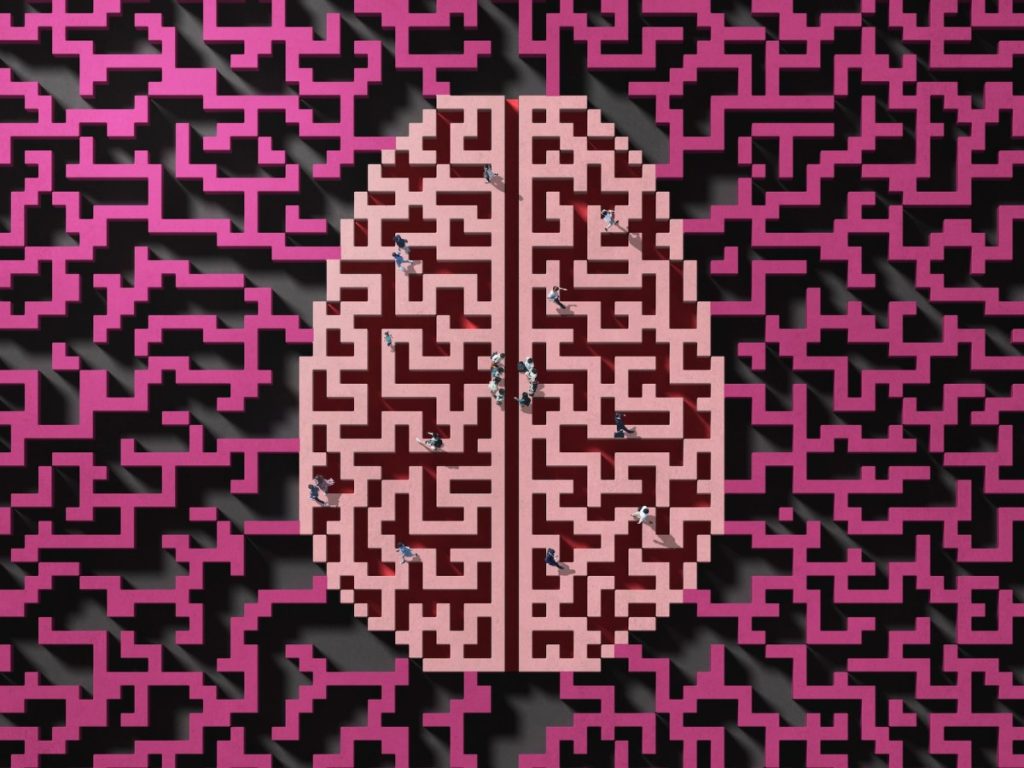AI researchers from OpenAI, Google DeepMind, Anthropic, and a broad coalition of companies and nonprofit groups, are calling for deeper investigation into techniques for monitoring the so-called thoughts of AI reasoning models in a position paper published Tuesday.
A key feature of AI reasoning models, such as OpenAI’s o3 and DeepSeek’s R1, are their chains-of-thought or CoTs — an externalized process in which AI models work through problems, similar to how humans use a scratch pad to work through a difficult math question. Reasoning models are a core technology for powering AI agents, and the paper’s authors argue that CoT monitoring could be a core method to keep AI agents under control as they become more widespread and capable.
“CoT monitoring presents a valuable addition to safety measures for frontier AI, offering a rare glimpse into how AI agents make decisions,” said the researchers in the position paper. “Yet, there is no guarantee that the current degree of visibility will persist. We encourage the research community and frontier AI developers to make the best use of CoT monitorability and study how it can be preserved.”
The position paper asks leading AI model developers to study what makes CoTs “monitorable” — in other words, what factors can increase or decrease transparency into how AI models really arrive at answers. The paper’s authors say that CoT monitoring may be a key method for understanding AI reasoning models, but note that it could be fragile, cautioning against any interventions that could reduce their transparency or reliability.
The paper’s authors also call on AI model developers to track CoT monitorability and study how the method could one day be implemented as a safety measure.
Notable signatories of the paper include OpenAI chief research officer Mark Chen, Safe Superintelligence CEO Ilya Sutskever, Nobel laureate Geoffrey Hinton, Google DeepMind co-founder Shane Legg, xAI safety adviser Dan Hendrycks, and Thinking Machines co-founder John Schulman. First authors include leaders from the U.K. AI Security Institute and Apollo Research, and other signatories come from METR, Amazon, Meta, and UC Berkeley.
The paper marks a moment of unity among many of the AI industry’s leaders in an attempt to boost research around AI safety. It comes at a time when tech companies are caught in a fierce competition — which has led Meta to poach top researchers from OpenAI, Google DeepMind, and Anthropic with million-dollar offers. Some of the most highly sought-after researchers are those building AI agents and AI reasoning models.
Techcrunch event
San Francisco
|
October 27-29, 2025
“We’re at this critical time where we have this new chain-of-thought thing. It seems pretty useful, but it could go away in a few years if people don’t really concentrate on it,” said Bowen Baker, an OpenAI researcher who worked on the paper, in an interview with TechCrunch. “Publishing a position paper like this, to me, is a mechanism to get more research and attention on this topic before that happens.”
OpenAI publicly released a preview of the first AI reasoning model, o1, in September 2024. In the months since, the tech industry was quick to release competitors that exhibit similar capabilities, with some models from Google DeepMind, xAI, and Anthropic showing even more advanced performance on benchmarks.
However, there’s relatively little understood about how AI reasoning models work. While AI labs have excelled at improving the performance of AI in the last year, that hasn’t necessarily translated into a better understanding of how they arrive at their answers.
Anthropic has been one of the industry’s leaders in figuring out how AI models really work — a field called interpretability. Earlier this year, CEO Dario Amodei announced a commitment to crack open the black box of AI models by 2027 and invest more in interpretability. He called on OpenAI and Google DeepMind to research the topic more, as well.
Early research from Anthropic has indicated that CoTs may not be a fully reliable indication of how these models arrive at answers. At the same time, OpenAI researchers have said that CoT monitoring could one day be a reliable way to track alignment and safety in AI models.
The goal of position papers like this is to signal boost and attract more attention to nascent areas of research, such as CoT monitoring. Companies like OpenAI, Google DeepMind, and Anthropic are already researching these topics, but it’s possible that this paper will encourage more funding and research into the space.

